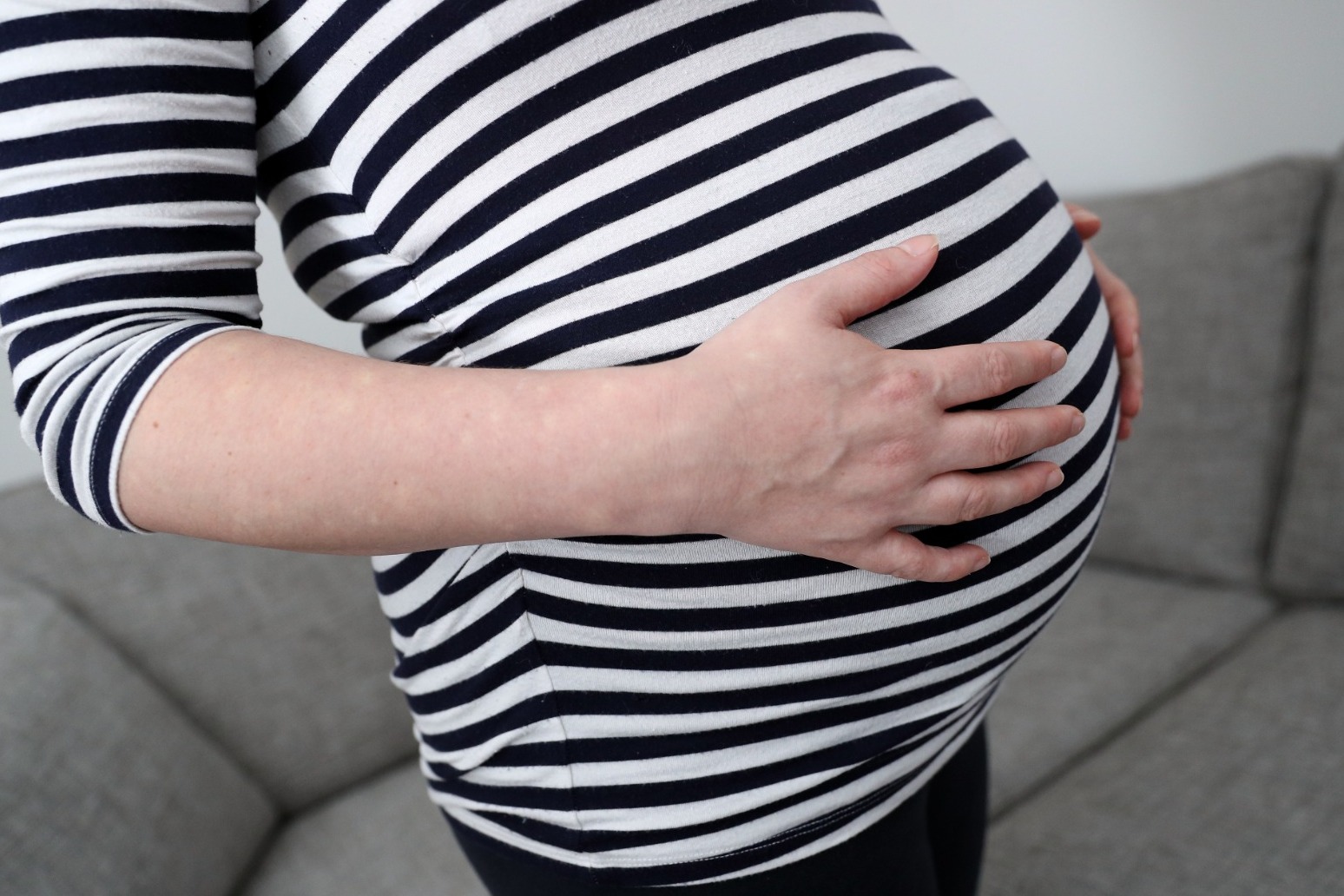Listeners:
Top listeners:
-
 play_arrow
play_arrow
Rother Radio (128K) Love Local, Love Music!
-
 play_arrow
play_arrow
Rother Radio (64K) Love Local, Love Music!
-
 play_arrow
play_arrow
Rother Radio (Doncaster) (128K) Love Local, Love Music!
-
 play_arrow
play_arrow
Rother Radio Xmas Love Local, Love Music!
-
 play_arrow
play_arrow
Rother Radio – Special Announcement Love Local, Love Music!
Majority of fertility patients offered unnecessary tests and treatments – report
today26/03/2025


Almost three quarters of fertility patients are being offered unnecessary add-on treatments, a new report suggests.
The fertility regulator said that the finding was “concerning” because almost all additional tests, treatments or emerging technologies “are not proven to increase the chance of having a baby for most patients”.
The 2024 national patient survey conducted by the Human Fertilisation and Embryology Authority (HFEA) reports on the experiences of 1,500 patients in the UK.
The report also highlights long waits for some patients – particularly those seeking NHS care.
It also points to the number of patients using donor sperm from outside the UK.
Around a quarter of patients had used donor eggs, sperm or embryos in treatment.
Patients who sought donor sperm were slightly more likely to be treated using sperm imported from overseas, with 51% coming from abroad.
Most cited increased choice and more information about the donor as the reasons why they chose foreign sperm.
The HFEA said that in the UK one donor’s sperm can only be used to create up to 10 families, but the 10-family limit does not apply abroad.
On add-on treatment, the new report found that only half (52%) of patients had the effectiveness explained to them, with fewer (37%) told about any risks linked to add-on care.
The report found that the use of endometrial scratching – when the lining of the womb is scratched before an embryo is implanted – decreased last year.
But pre-implantation genetic testing for aneuploidy (PGT-A) – the checking of embryos for abnormalities in the number of chromosomes – increased from 7% in 2021 to 13% in 2024, even though the HFEA said there is “insufficient evidence” of its effectiveness at improving treatment outcomes.
The report also found that most patients began treatment seven months to a year after first seeing their GP about their fertility problems. But 16% of patients waited over two years.
NHS-funded patients reported longer wait times in starting treatment compared to those who paid privately.
Some 53% of private patients started treatment within a year compared to 35% of NHS patients.
The regulator said that its data shows that the number of NHS-funded treatment cycles is falling, and stood at just 27% in 2022.
Julia Chain, chairwoman of the HFEA, said: “It’s disappointing to see a significant number of patients are still using add-ons and emerging technologies, and particularly disappointing that only half of patients had the effectiveness explained to them, let alone the risks.
“We regularly remind clinics that, according to our Code of Practice, they must give patients a clear idea of what any treatment add-on involves, how likely it is to increase their chance of a successful pregnancy, cost, risks, and link to our public ratings system.
“We will continue to remind clinics about improving clarity and communication for patients.”
She added: “We are also concerned that NHS-funded patients are waiting longer than self-funded patients to start fertility treatment.
“The delays faced by NHS patients highlight ongoing issues relating to the provision of specialist care for women.
“As part of our response to the Government’s 10-year plan, we want to see a much shorter time for patients to begin fertility treatment once they have received advice or a referral from their GP.”
Published: by Radio NewsHub
Written by: Radio News Hub
Similar posts
Now Playing
Now playing: -
On Air Now

The 80’s at 8
A whole hour of music from the 80's!
Playing the best of the 80's every weekday from 8pm.
closeSponsored
Weather
Upcoming Local Event
Latest from Facebook
Search Rother Radio
Contact Us
- https://www.rotherradio.co.uk
- 01709 257 175
- studio@rotherradio.co.uk
About Us
Rother Radio – Love Local, Love Music! → Discover more
Our Partners
Rother Radio is owned by Rotherham Broadcasting CIC







